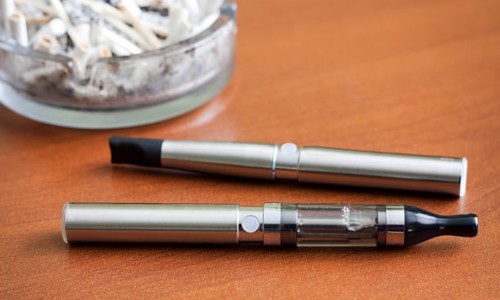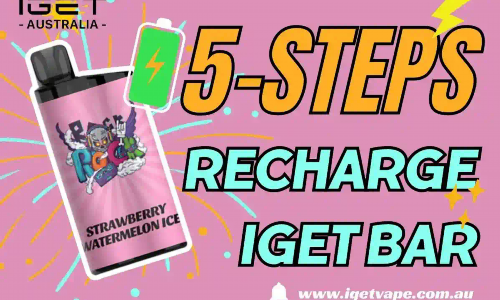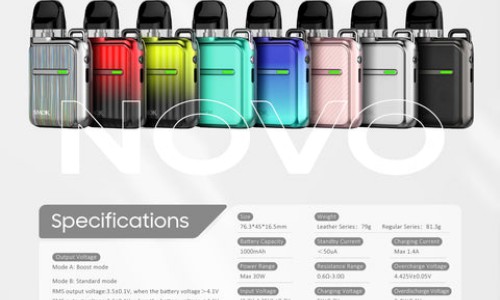
Vaping Terminology: Key Terms Every Beginner Should Know
Product Overview and Specifications
In the rapidly evolving world of vaping, understanding essential terminology can significantly enhance the experience for beginners. This guide highlights key aspects of vaping devices, including product specifications, design, flavor preferences, battery life, performance, usage instructions, pros and cons, and user demographics.
Design and Aesthetics
The design of vaping devices has diversified considerably, catering to various preferences. Most modern vaporizers boast sleek, compact designs that fit comfortably in hand, with materials ranging from aluminum to stainless steel. Many brands have invested in ergonomic designs that promote ease of use and portability. Color options and finishes also allow users to express their individual style.
Flavor Profiles
When it comes to flavor, the options are nearly endless. Beginners often find that satisfying their palate is one of the most enjoyable aspects of vaping. Common flavors include traditional tobacco, refreshing menthol, and an assortment of fruity and dessert options. The best flavor choice ultimately depends on personal preference; however, recommendations often suggest starting with flavors that mimic familiar tastes to ease the transition from smoking.
Duration and Battery Life

Battery life is a crucial factor in a beginner’s choice of a vaping device. Most e-cigarettes and vape mods come equipped with rechargeable lithium-ion batteries, with capacities ranging from 1500mAh to over 5000mAh. Typically, a full charge can last anywhere between a few hours to a full day, depending on usage. Devices that feature adjustable wattage settings allow users to manage energy consumption more effectively. Fast charging options are also common, with many models providing a full charge in under an hour.
Performance Insights
Performance is heavily dictated by the device’s construction and technology. Advanced vaping systems often include variable wattage settings, temperature control features, and airflow adjustments that allow for a tailored experience. For beginners, simpler devices may be advisable. They ensure that the learning curve remains manageable while still providing sufficient vapor production. In general, users should look for devices that balance ease of use with consistent performance to enhance vaping satisfaction.
Usage Instructions
For those new to vaping, the learning process can be straightforward. Most devices come with user-friendly manuals that outline initial setup, including filling the tank with e-liquid, adjusting settings, and replacing coils. It is crucial for beginners to follow safety guidelines, maintain their devices properly, and understand how to clean and replace parts to ensure longevity and optimal functionality.
Advantages and Disadvantages
The advantages of vaping include a wide range of flavors, customizable experiences, and a perceived healthier alternative to smoking. Additionally, the lack of combustion in vaping means no tar or ash, which appeals to many users concerned about health. However, drawbacks exist, such as the potential for nicotine addiction and the need for regular maintenance of the device. Some users also report experiencing throat irritation or other discomforts, especially if using higher nicotine concentrations.
Ranking and Quality Assessment
Several devices dominate the market, often receiving high praise and ranking based on performance, flavor quality, and user satisfaction. Brands like JUUL, Vaporesso, and SMOK frequently lead in consumer rankings. Beginners are often advised to seek well-reviewed products within their price range and to consider devices with a good warranty and customer service.
Target User Demographics
The demographic landscape of vaping is broad and continually evolving. While many users are former smokers looking to transition to a potentially less harmful alternative, an increasing number of individuals in younger age groups are attracted to vaping for recreational purposes. Additionally, the growing trend of “flavor chasers” highlights a shift toward flavor exploration rather than nicotine dependency. Understanding these demographics can be crucial for brands looking to tailor products to specific user needs.
In summary, as the vaping landscape continues to change, being aware of key terminology and product specifications can assist beginners in navigating their options effectively. With the right device, users can enjoy a satisfying and enjoyable experience tailored to personal preferences.


